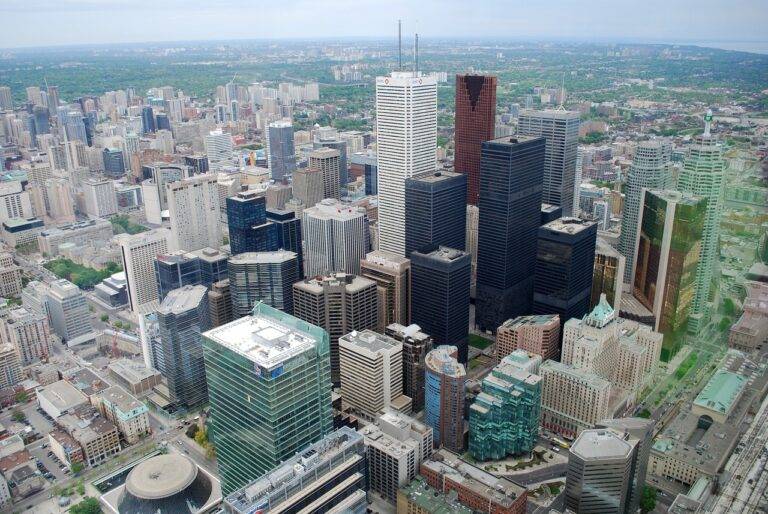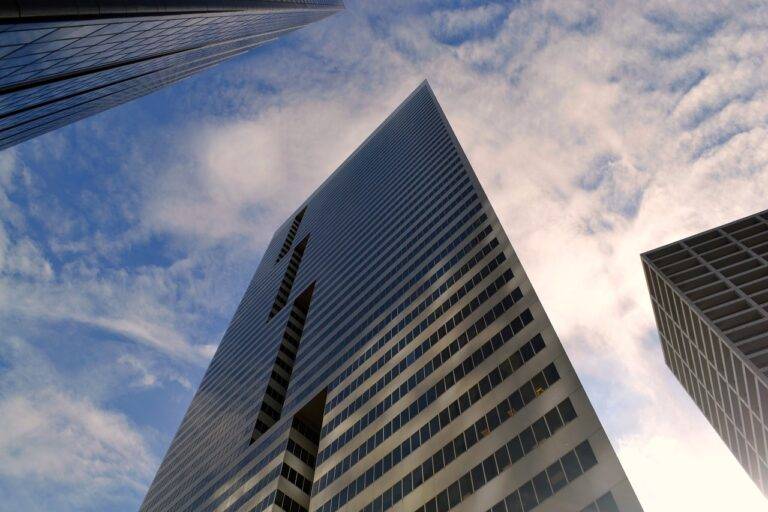Urban Heat Island Mitigation Strategies
allpanel mahadev, lotus 365.fun login, all panel login: Urban Heat Island Mitigation Strategies
Urban areas around the world are experiencing a phenomenon known as the urban heat island effect. This is when cities become significantly warmer than their surrounding rural areas due to human activities such as transportation, energy use, and construction. As temperatures rise, cities suffer from increased energy consumption, air pollution, heat-related illnesses, and even mortality rates. In order to combat this issue, urban planners and policymakers have been implementing various heat island mitigation strategies. In this article, we will explore some of the most effective strategies to cool down our cities and create healthier environments for residents.
Increasing Green Spaces
One of the most effective ways to mitigate the urban heat island effect is by increasing green spaces within the city. Parks, gardens, street trees, and green roofs can help reduce temperatures by providing shade, evaporative cooling, and absorbing heat through photosynthesis. Green spaces also improve air quality, reduce stormwater runoff, and create habitats for wildlife. By incorporating more greenery into urban areas, cities can create a more sustainable and livable environment for all residents.
Cool Roofs
Traditional dark-colored roofs absorb and retain heat, contributing to the urban heat island effect. Cool roofs, on the other hand, are designed to reflect sunlight and heat away from buildings, reducing indoor temperatures and energy consumption. These roofs can be made from materials with high solar reflectance and thermal emittance, such as white coatings, tiles, or shingles. By installing cool roofs on buildings, cities can significantly reduce heat island effects and improve overall comfort for residents.
Permeable Surfaces
In urban areas, impermeable surfaces such as asphalt, concrete, and pavement trap heat and prevent water from infiltrating the ground. This leads to increased surface temperatures and reduced green spaces. By incorporating permeable surfaces such as permeable pavement, green alleys, and bioswales, cities can improve water infiltration, reduce runoff, and lower temperatures. These surfaces help to cool the surrounding environment and create more sustainable urban landscapes.
Urban Forestry
Urban forestry plays a crucial role in mitigating the urban heat island effect by planting and maintaining trees throughout the city. Trees provide shade, reduce temperatures through transpiration, and improve air quality by removing pollutants. Additionally, trees can help reduce energy consumption by shading buildings in the summer and blocking cold winds in the winter. By increasing the urban tree canopy, cities can create a more resilient and sustainable urban environment for all residents.
Cool Pavements
Similar to cool roofs, cool pavements are designed to reflect sunlight and heat instead of absorbing it. These pavements can be made from materials with high solar reflectance, such as light-colored concrete, asphalt, or pavers. By installing cool pavements on streets, sidewalks, and parking lots, cities can reduce surface temperatures and improve overall comfort for pedestrians and cyclists. Cool pavements also help reduce the heat island effect and mitigate the urban heat island effect.
Green Infrastructure
Green infrastructure includes a variety of sustainable practices and technologies that mimic natural processes to manage stormwater, reduce runoff, and improve air quality. Examples of green infrastructure include green roofs, rain gardens, bioswales, permeable pavement, and urban forests. By incorporating green infrastructure into urban planning and design, cities can create more resilient and sustainable environments that help mitigate the urban heat island effect. Green infrastructure also provides multiple benefits, such as improved water quality, enhanced biodiversity, and increased property values.
Overall, there are numerous strategies that cities can implement to mitigate the urban heat island effect and create more sustainable and livable environments for residents. By increasing green spaces, installing cool roofs and pavements, planting trees, and incorporating green infrastructure, cities can reduce temperatures, improve air quality, and enhance overall quality of life. It is crucial for urban planners, policymakers, and residents to work together to implement these strategies and create more resilient and sustainable cities for future generations.
FAQs
Q: What are the main causes of the urban heat island effect?
A: The main causes of the urban heat island effect are human activities such as transportation, energy use, and construction. These activities contribute to increased temperatures in urban areas and create heat island effects.
Q: How do green spaces help mitigate the urban heat island effect?
A: Green spaces such as parks, gardens, street trees, and green roofs help mitigate the urban heat island effect by providing shade, evaporative cooling, and absorbing heat through photosynthesis. These spaces help reduce temperatures and improve overall comfort for residents.
Q: What is the role of cool roofs in mitigating the urban heat island effect?
A: Cool roofs are designed to reflect sunlight and heat away from buildings, reducing indoor temperatures and energy consumption. By installing cool roofs, cities can significantly reduce heat island effects and create healthier environments for residents.
Q: How can residents contribute to mitigating the urban heat island effect?
A: Residents can contribute to mitigating the urban heat island effect by planting trees, creating green spaces, reducing energy consumption, and advocating for sustainable urban planning and design. By taking action at the individual level, residents can help create more sustainable and livable cities for all.







